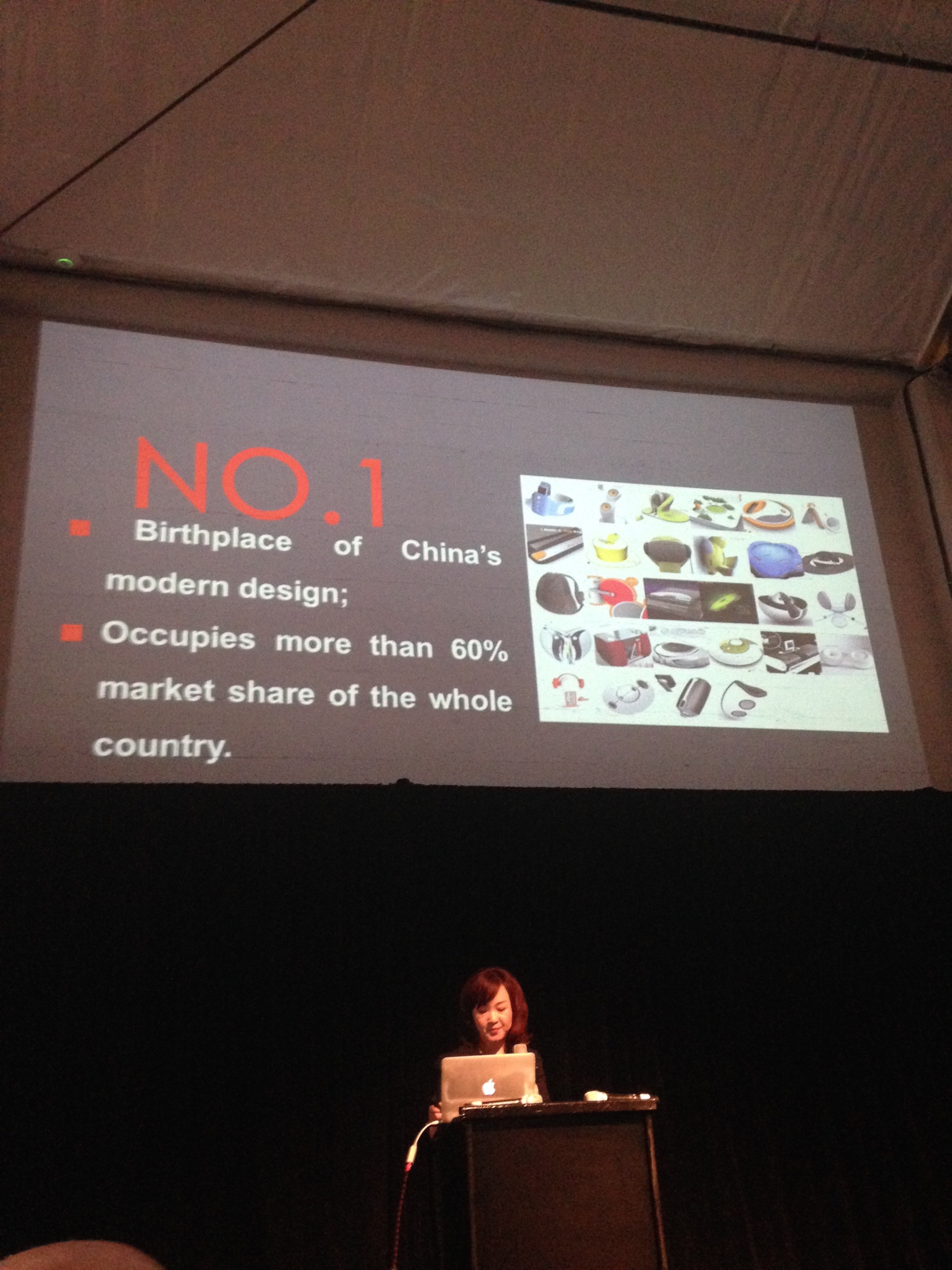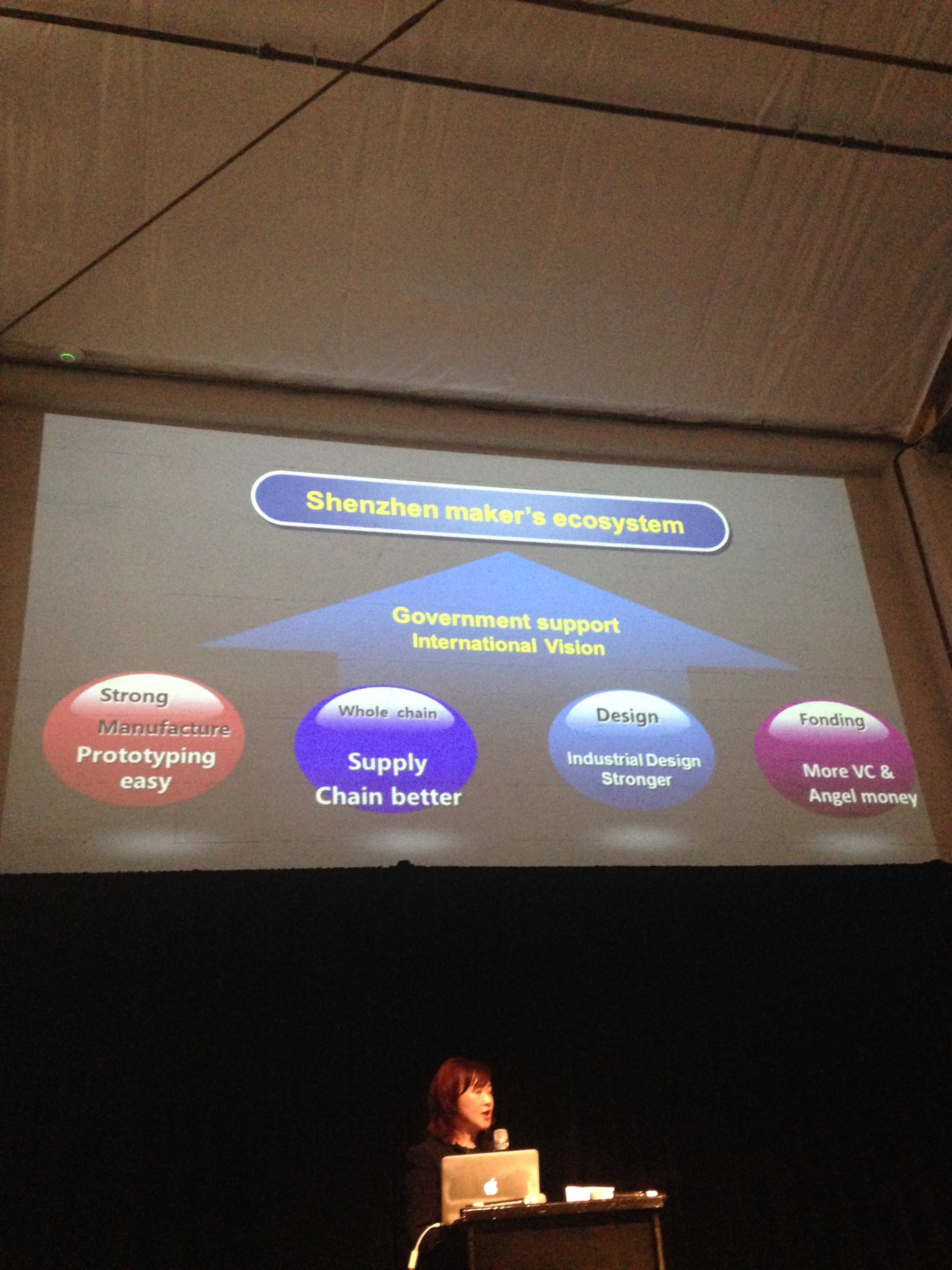The chance of your product getting copied is based on the perception of its popularity and the difficulty of duplicating it. Larger CMs have minimal problems with copying because they have more control over their workers who are afraid of repercussions. All of the highly popular Apple “i” products are made in China.
Unfortunately many CMs doing small volume (< 10,000 ~ <50,000) production have this issue. It is rare for the owner or management of a CM to clone a product. The assembly line workers or even the janitor are usually the culprits. They simply take some PCB assemblies and design / test information to a “friend” or relative who actually does the copying and sales. The reason for this is that it takes some up-front money (capital) to make the copies and then find a way to sell them. On the smallest scale they end up on the tabletop stalls of the local electronics marketplaces. These then sell them directly or through “dealers”. If it sells well, either the cloning company or more likely the “dealer” will list them on eBay for the world to buy. That is why you can find many different sellers listing the exact same item on eBay. The “dealers” value is simply that they can create an eBay listing, usually in English. Often they have no idea what the product does or whether it even works. They just know that others have told them they are profitable. They then buy a few and take the risk of selling them for more on eBay.
As big a problem as this is for people using the CMs, it is sometimes even a much larger problem for the ODMs in China. These are the companies who develop a finished product such as an infrared thermometer or a music player and manufacture them or use a CM. I have purchased many of the different IR thermometer styles and found that all of the ICs on the inside have had their part numbers sanded off. This is because the Chinese ODM is afraid of the scenario I described above from one of their own employees. They are not worried that some customer outside of China will duplicate the product, but their production supervisor’s cousin who has a CM business across town!
Ways to Mitigate the Issue.
Technically, the best solution is to use a programmable part (i.e. uC or Flash Memory) in your product. Then make two versions of the firmware: one for testing the hardware functions after assembly at the CM, the other which makes the product do what it is intended to do. You then have to re-program your product when you get it from the CM. This is extra work and has a cost for the design (reprogramability without dis-assembly). All anyone can steal is a product or PCB assembly that does nothing. It is much harder to protect the layout of a PCB. One effective method I have used in the past is to put in some sort of “hidden part” on a PCB which was shaped fit my enclosure. The circuit had an high bandwidth OpAmp which required a 2.5 pF feedback capacitor to operate to spec. Without the cap, it would oscillate rail to rail at about 300 MHz. I the PCB had two copper areas under the IC which made the capacitor instead of a physical capacitor. Many years later, my arch rival competitor told me he could never get the copy he made to work (he had duplicated the circuit, to fit his enclosures, but did not include the copper area under the IC). Think of something along these lines.
Business
When evaluating a CM, see how the employees are treated. Ask about the turnover and why. If the workers are up-tight, gloomy and afraid, that CM is most likely to have thefts of product design. If the workers are reasonably content the risk diminishes. This is pretty “fuzzy” and non-specific, but has a good correlation.
Ask yourself if your product is really worth stealing. Remember, potential thieves are not “collectors”. They have to have a way to sell and deliver the stuff to customers. They have no specific way to get to your customers because they probably don’t even know “who” they are. Your product should not be a generic, widely popular item (i.e. another “enhanced” or repackaged Arduino).
Business is like a Three Legged Stool. The foundation for success: 1) a product people will buy 2) a way to make it 3) a way to sell it. If one of the “legs” is missing, the business for the product will fail. You have two advantages the thieves don’t: 1) you can improve the product before they can clone it and, most importantly, 2) you know how to reach your potential customers effectively, i.e. “a way to sell it”. If you don’t already have “legs” 1 and 3, you might reconsider what you are doing.





